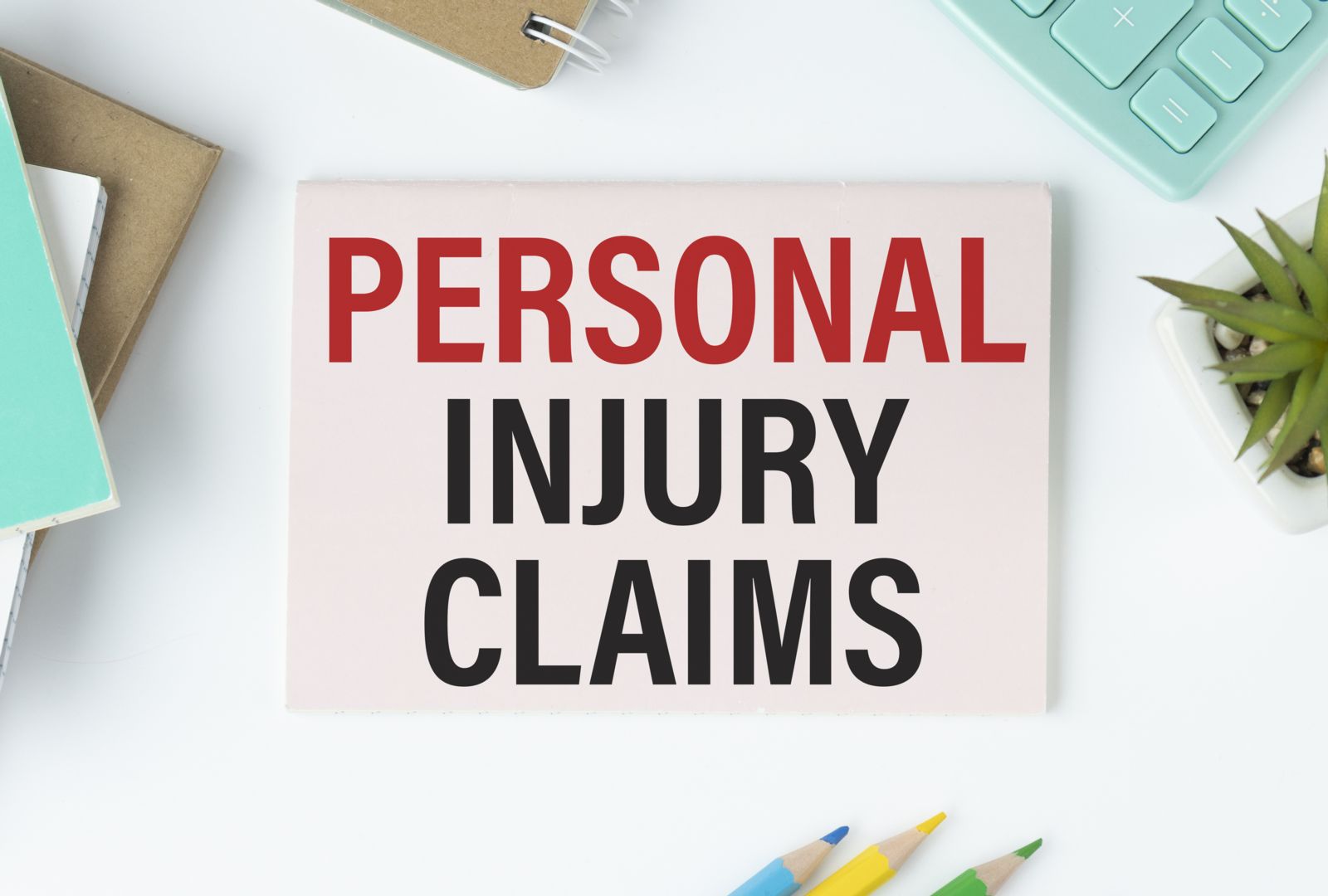Applications for bodily damage require the services of an excellent lawyer. These complaints are different, automobile accidents and medical professional faults with unjustified death, work accidents and product responsibility. However, they all have similar elements. Understanding what this complaint for bodily injuries will help you bring a relatively solid long -term trial. Here are some details on what can help build a prosecution for bodily injury. You can click here to find out more.
Proof of Negligence
Negligence constitutes a central part of a complaint for bodily injury. Ideally, negligence is the failure of the exercise of a sufficient level of care that an individual of ordinary prudence would have in this situation. It could be based on the omission or the commission of a particular action, compromising the possible or normally expected result.You can prove negligence if the case responds to four pillars: duty of diligence, violation of duty, causality and damage.
The duty of diligence refers to the level of care that a reasonable person should exercise in a particular context. There is a standard level of care that a reasonable person must reach. Once you have proven this, you will have to show that the individual has not exercised this obligation.
Causality focuses on the effects of the defendant’s action or inaction. In this case, you will show that the negligence of the individual has exposed you to injuries or damage. Then you will have to prove that you have injuries of their action.
Strict Liability
Various regulatory measures require that product manufacturers ensure that their products are safe and healthy. Any slight drop in quality could affect or injure the consumer, making this manufacturer responsible.Strict responsibility directly affects products manufacturers. The manufacturer must prove that their products meet different quality standards, ensuring the safety of average consumers. For this reason, the manufacturer or owner will be automatically responsible in the event of a problem.
However, this element requires that you respond to three critical components: specific activity, causality and supported damage. Strict responsibility requires that a particular action occurs to have an example, defective marketing items, an animal owner leaving him to hurt others, an animal that attacks people and not labeling them products.
You will then have to prove that the owner or manufacturer of the product should have planned the danger and act accordingly. This aspect is part of causality. On the other hand, damage focuses on real injuries. Here you must show that you have suffered real damage to the event.
Intentional Injury or Tort
Certain deliberate acts can hurt you, resulting in a request for bodily injury. Various cases are injured intentional, including assault, blows and false imprisonment penalties.The battery refers to an offensive contact without your express authorization, while the assault is either an incomplete battery, or an instance where you are forced to fear harmful and abusive contact. On the other hand, false imprisonment is when you are selected without your authorization or your consent.
Ideally, an intentional offense is an offense committed against you by another person with a particular goal. The person who executes this law is often aware of the repercussions of his actions. However, this case obliges you to establish three elements: intention, causality and damage. Ideally, they will have violated their level of care.
In this case, the aggressor must intentionally commit the offense, knowing that his action would cause injuries. This action must directly cause you to damage. You will also need to quantify the damage resulting from the defendant’s action or inaction.The injury requests are quite diverse. However, they are all loose in matters of diligence, violation of duty, causality and damage. The above ideas will guide you to understand if a case is considered a complaint for bodily injuries.


0